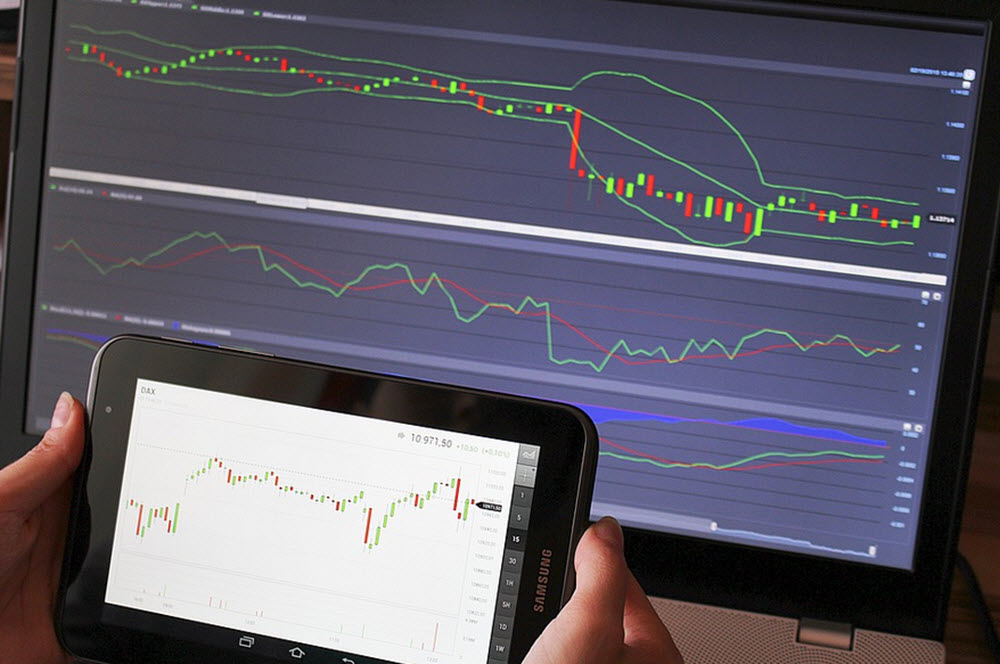The foreign exchange (forex) market has become an attractive destination for investors seeking to diversify their portfolios. It has immense liquidity, is open 24/5, and offers a wealth of opportunities.
One of the most crucial terms that new fx investors encounter is ‘forex pip.’ But what exactly is a forex pip? This article explores this concept, its importance, and how it impacts forex traders.

What is a Forex Pip?
A pip is the smallest unit of price movement a currency pair can make on the forex market. It represents the minute increments of change in the exchange rates of two currencies. Most (but not all) major currency pairs, like EUR/USD, are quoted to the fourth decimal place, so a pip is usually equivalent to a change of 0.0001 in the exchange rate.
For example, if the exchange rate for the EUR/USD pair moves from 1.1200 to 1.1201, that’s a single pip move.
How to Calculate a Pip’s Value
The value of a pip depends on both the currency pair being traded and the amount of money being traded. The formula for calculating the pip value in the base currency is:
Pip Value = (One Pip / Exchange Rate) * Lot Size
Here, the lot size is the amount of the base currency being traded. In forex trading, a standard lot is 100,000 units of the base currency.
Be Aware of the Japanese Yen
Among the major currency pairs on the forex market, the USD/JPY stands out when it comes to pips, as it involves the Japanese yen. Because the JPY has such as low value compared to currencies such as USD, EUR, and GBP, one pip is only two decimal places, i.e. 0.01, in JPY denominated currency pairs.
For the USD/JPY currency pair, a single pip corresponds to one hundredth of a yen.
If you do a lot of EUR/USD trading (as many fx beginners do), you might get into the habit of thinking that 1 pip is always equivalent to a change of 0.0001. This can lead to costly mistakes if you decide to start trading pairs involving the JPY. The USD/JPY is the second-most traded currency pair in the world, so it is an appealing choice for many beginners who wish to do something more than just EUR/USD trading.
Before you decide to add another currency pair to your plate, always make sure you know how pips work for that specific currency pair.
Why are Forex Pips Important?
Forex pips are crucial in the trading world for several reasons, including these:
1. Profit and Loss Calculation: Pips are used to measure the exchange rate movement, which in turn determines the profits or losses of a trade. If a trader predicts the movement correctly and the currency price moves in their favour, they gain pips and make a profit. Conversely, if the price moves against their prediction, they lose pips and thus money.
2. Spread Calculation: Forex brokers often quote the difference between the bid (buy) and ask (sell) prices in pips. This spread is essentially the broker’s fee for executing the trader’s order.
- Risk Management: By understanding pips, traders can effectively manage their risk. They can decide how many pips they are willing to risk per trade, which in turn determines their potential reward.
Understanding the concept of forex pips is a fundamental step for anyone entering the forex trading world. They play a crucial role in calculating profits and losses, determining trading costs, and managing risks. As with all aspects of trading, thorough knowledge and careful application of pips and pip calculations can significantly influence a trader’s success or failure in the forex market.
What are Fractional Pips?
The advent of sofisticated online trading platforms have brought us more price transparency and tougher price competition. There are now trading platforms available online that have extended the quote precision for certain major currency pairs by an additional decimal point. The rates are thus displayed in 1/10 pip, i.e. fractional pips. This is important to be aware of before you make your trading decisions.
Forex Pips and Leverage
Leverage in forex trading is a tool that allows traders to open positions much larger than their own capital. In essence, you are borrowing money from your broker to open a position. While this will amplify profits if the market moves in the trader’s favour, it will also magnify losses if the market moves the other way. Therefore, understanding pips and their value is crucial for managing risk when trading with leverage.
This article was last updated on: May 20, 2024
